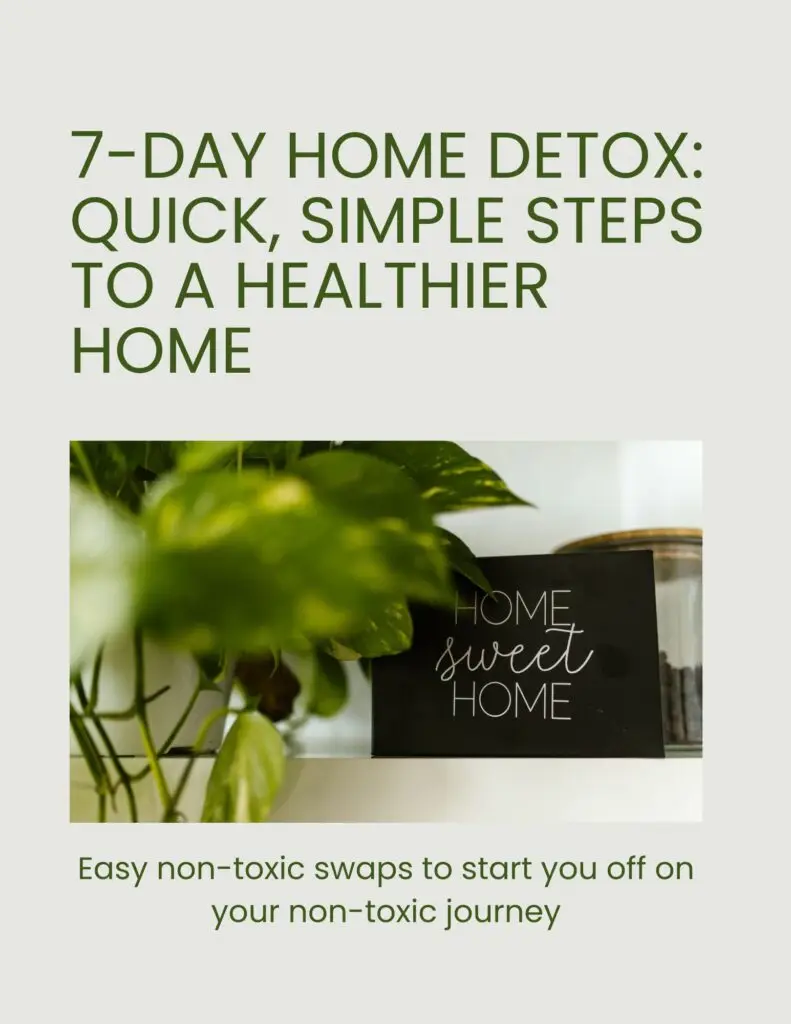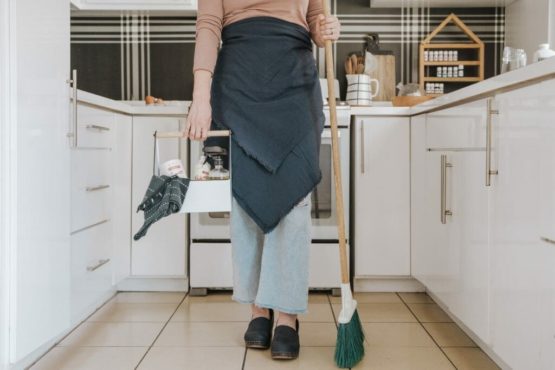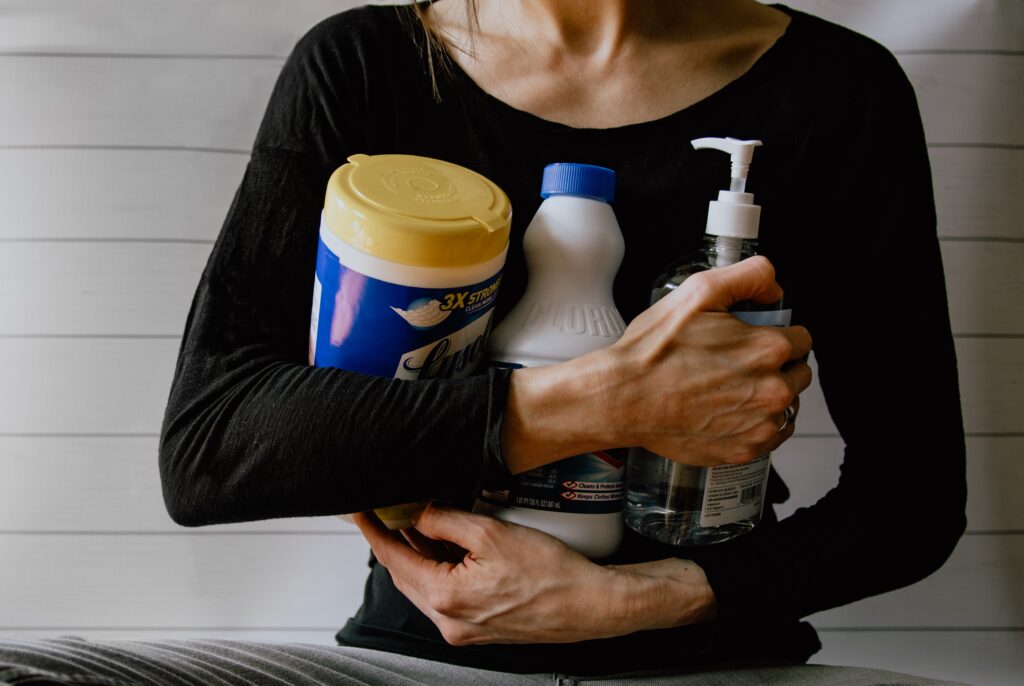Your House Dust Is Not Just Dirt
You might think of dust as nothing more than a little dirt, pet dander and dead skin cells, something annoying but harmless.
But in reality? House dust is a toxic mix of chemicals that come from the very things inside your home.
Every day, your furniture, electronics, carpets, and even personal care products shed tiny particles filled with toxins that settle into the dust you breathe in and touch.
Here’s a fun (or terrifying) fact: Studies show that house dust contains hundreds of chemicals, including flame retardants, phthalates, pesticides, heavy metals, and VOCs (volatile organic compounds).
And guess what? You don’t have to be rolling around on the floor to be exposed.
These chemicals become airborne, attach to dust particles, and get inhaled, absorbed through your skin, or even ingested (especially by kids and pets who are closer to the ground).
What’s Hiding in Your Dust & How It Affects You
So, what exactly is making your house dust so toxic?
 Electronics: Flame Retardants
Electronics: Flame Retardants
TVs, laptops, and other electronics contain flame retardants like PBDEs (polybrominated diphenyl ethers), which disrupt hormones, affect brain function, and are linked to thyroid disorders. These chemicals slowly shed into the air and land in dust, where they stick around for years.
 Carpeting & Furniture: PFAS, VOCs & Formaldehyde
Carpeting & Furniture: PFAS, VOCs & Formaldehyde
That “new couch” or “fresh carpet” smell? Not so innocent. Many furniture and carpet materials are coated with PFAS (forever chemicals), VOCs, and formaldehyde, all of which off-gas over time, contaminating your indoor air and dust. These chemicals are linked to cancer, hormone disruption, and respiratory issues.
 Scented Candles & Air Fresheners: Phthalates & VOCs
Scented Candles & Air Fresheners: Phthalates & VOCs
That cozy candle or plug-in air freshener? It might be filling your home with phthalates, benzene, and formaldehyde. These chemicals can trigger allergies, cause migraines, disrupt hormones, and worsen asthma.
 Personal Care & Cleaning Products: Endocrine Disruptors & Respiratory Irritants
Personal Care & Cleaning Products: Endocrine Disruptors & Respiratory Irritants
Your lotions, shampoos, and cleaning sprays can release toxic chemicals like parabens, synthetic fragrance, and ammonia into your home environment. These ingredients accumulate in dust and have been linked to hormone imbalance, fertility issues, and lung irritation.
 Non-Stick Cookware & Plastic Items: PFAS & BPA
Non-Stick Cookware & Plastic Items: PFAS & BPA
Non-stick cookware and plastic food containers shed microplastics and endocrine-disrupting chemicals like BPA and PFAS, which get into your dust and eventually, into your body.
And the scariest part? These toxins don’t just sit there. They actively impact your health.
 How Dust-Borne Toxins Affect Your Health
How Dust-Borne Toxins Affect Your Health




How to Reduce Toxic Dust & Detox Your Home
Now that you know what’s lurking in your dust, let’s talk about how to fight back.
 Regular, Non-Toxic Cleaning
Regular, Non-Toxic Cleaning
The best way to reduce exposure? Get rid of the dust before it builds up.




 Choose Non-Toxic Cleaning Products
Choose Non-Toxic Cleaning Products
Ditch the chemical-laden sprays and swap them for non-toxic, fragrance-free options.


- Vinegar & water for glass and countertops
- Castile soap for all-purpose cleaning
- Baking soda for scrubbing
 Reduce the Sources of Toxins in Your Home
Reduce the Sources of Toxins in Your Home
Less toxins coming in = less toxins in your dust.





 Bring in More Detoxifying Elements
Bring in More Detoxifying Elements
Adding natural detoxifiers can help absorb toxins and clean the air.



Small Changes Can Have A Big Impact
You don’t have to be perfect, just aware. By making small changes in how you clean and what you bring into your home, you can significantly reduce your exposure to toxins.
Start with one change at a time. Maybe swap your cleaning products first. Then switch to a HEPA vacuum. Before you know it, you’ll be breathing easier, literally.

Want More Non-Toxic Tips? Download the Free “7-Day Home Detox Guide”
Looking to make changes in other areas of your home? My free “7-Day Home Detox Guide” offers simple, low-cost steps to make your home healthier, one day at a time.
Get it here to start building a non-toxic lifestyle that works for you!

Where to Go from Here: Resources to Keep You Empowered
Your non-toxic journey doesn’t have to be a lonely one.
You can stay connected on social media Facebook | Pinterest | Instagram where I share daily tips, product recommendations, and encouraging messages to keep you inspired on your journey.
And if you’re looking for trustworthy, non-toxic products to add to your routine, my online shop is curated with only the best low-toxic and non-toxic items I personally use and recommend.
Get started:
– Follow on social media: Facebook | Pinterest | Instagram
– Shop Curated Non-Toxic Products.



